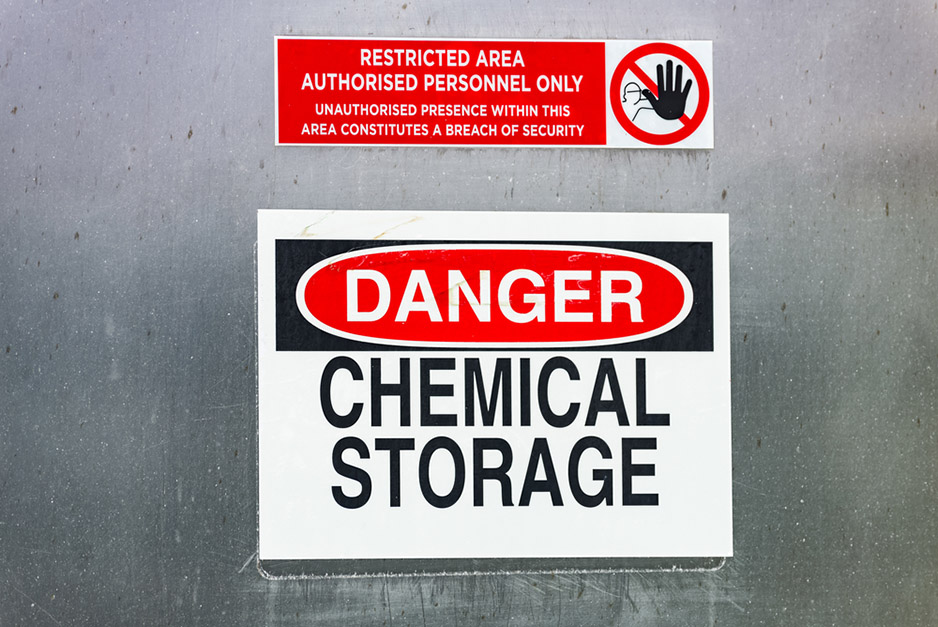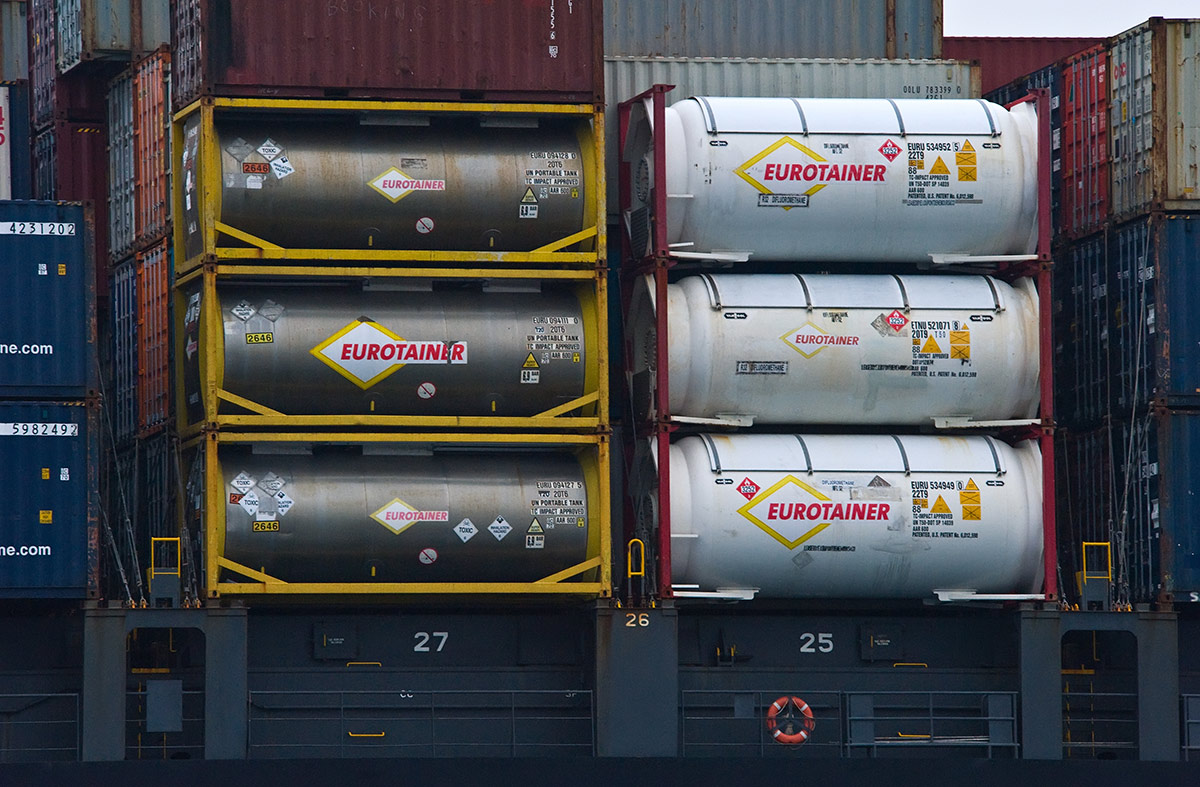Unfortunately, it isn’t as straightforward for those who are dealing with the packaging of hazardous materials (commonly abbreviated as “hazmat”). There are multiple steps that need to be taken in order for things to be done safely.
The material itself needs to be properly handled before it goes in the packaging. The shipping packaging needs to be specifically designed to transport that material safety regardless of the medium of transportation used. Even if the delivery is smooth, the recipient must also handle the hazardous material safely.
It is a risky process that is enforced with strict rules because of the multiple opportunities in which things can go wrong. For those who choose to disobey the rules set in place, there are very hefty fines and penalties.
This brief article will be a FAQ for the proper packaging of hazardous materials. While every single detail cannot be accounted for, we hope that you will be well acquainted with the most basic and relevant information.
Q: What exactly are hazardous materials?
A: Hazardous materials can be defined as any item that pose a threat to the health and safety of anybody that handles them at any point of the transportation process. These threats can come in the form of damaging effects to human health (e.g., carcinogenicity) or dangerous properties of the substance itself (e.g., flammability). This definition also includes items that can be damaging to physical property, the environment, or living creatures.
Q: What is the shipper’s responsibility?
A: The shipper is responsible for the proper classification and identification of any materials that may be considered as hazardous. Furthermore, they are also responsible for the labeling, marking, and packaging of these standards. There are international and national regulations that are set in place to dictate what is considered to be a hazardous material.
Depending on the shipper’s level of authority, they may need to consult professionally trained hazmat workers to test the packaging and approve it for shipping.

Q: How should I know the necessary packing requirements for hazardous materials?
The U.S. Department of Transportation (DOT) and the International Air Transport Association (IATA) have classified hazardous materials into nine separate categories. Furthermore, there are three packing groups that further classify hazardous materials on the basis of risk involved during transportation and the amount of packaging that will be required.
Group 1 consists of the items with the highest level of danger, requiring extremely protective packaging. Group 3 consists of items with the least amount of danger. When you figure out where your hazardous material belongs within these two groups, the classifications as they stand will dictate the packaging needs.
Q: What should I include in my packaging with respect to marking and labeling?
A: The marking and labeling of your packaging should include (but are not necessarily limited the following items: a label specifying the hazardous materials placed correctly onto the package, technical names for the material, the consignor’s full name and complete address, the correct shipping name and identification number, permit packaging, and special instructions for handling the package and safely removing the material. Marks and labels need to be unobstructed, written in clear language that is easy to read, and printed on durable labels to avoid any confusion upon delivery.

Q: What other tips should I keep in mind?
A: You will want to retain all of your shipping records for safety and inspection purposes. Since you are dealing with hazardous waste, the records must be kept for a minimum of three years. You should ensure that yourself and your employees are properly trained to handle hazardous materials in accordance with 49 CR Part 172.704, and that any training records should be kept in extensive detail.
Packaging hazardous materials really comes down to following the rules that have already been set in place for you by organizations that have endless decades of dealing with these materials. Not only have the rules been successful in improving worker safety to date, but they are also based upon trial and error from the past so that history does not have to repeat itself.











